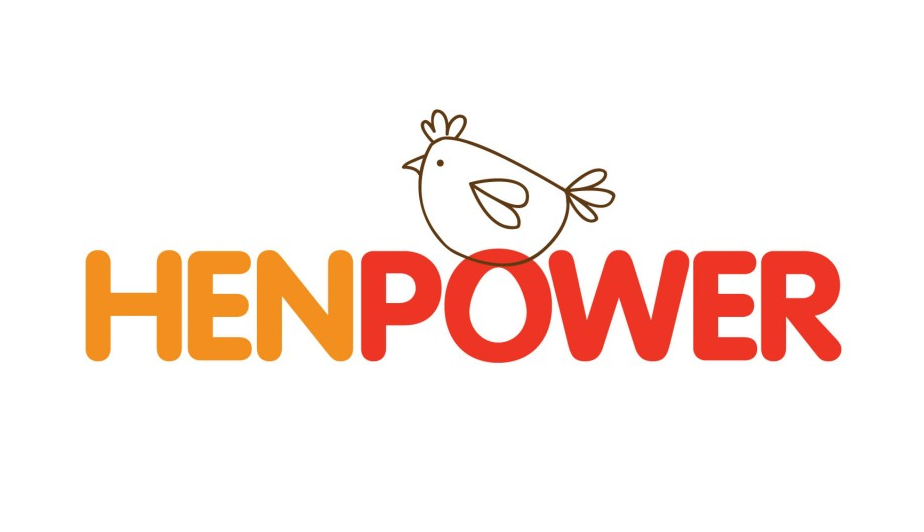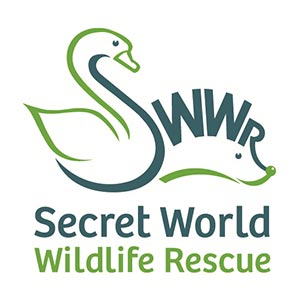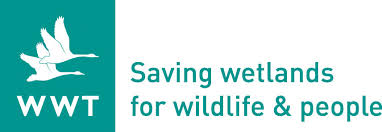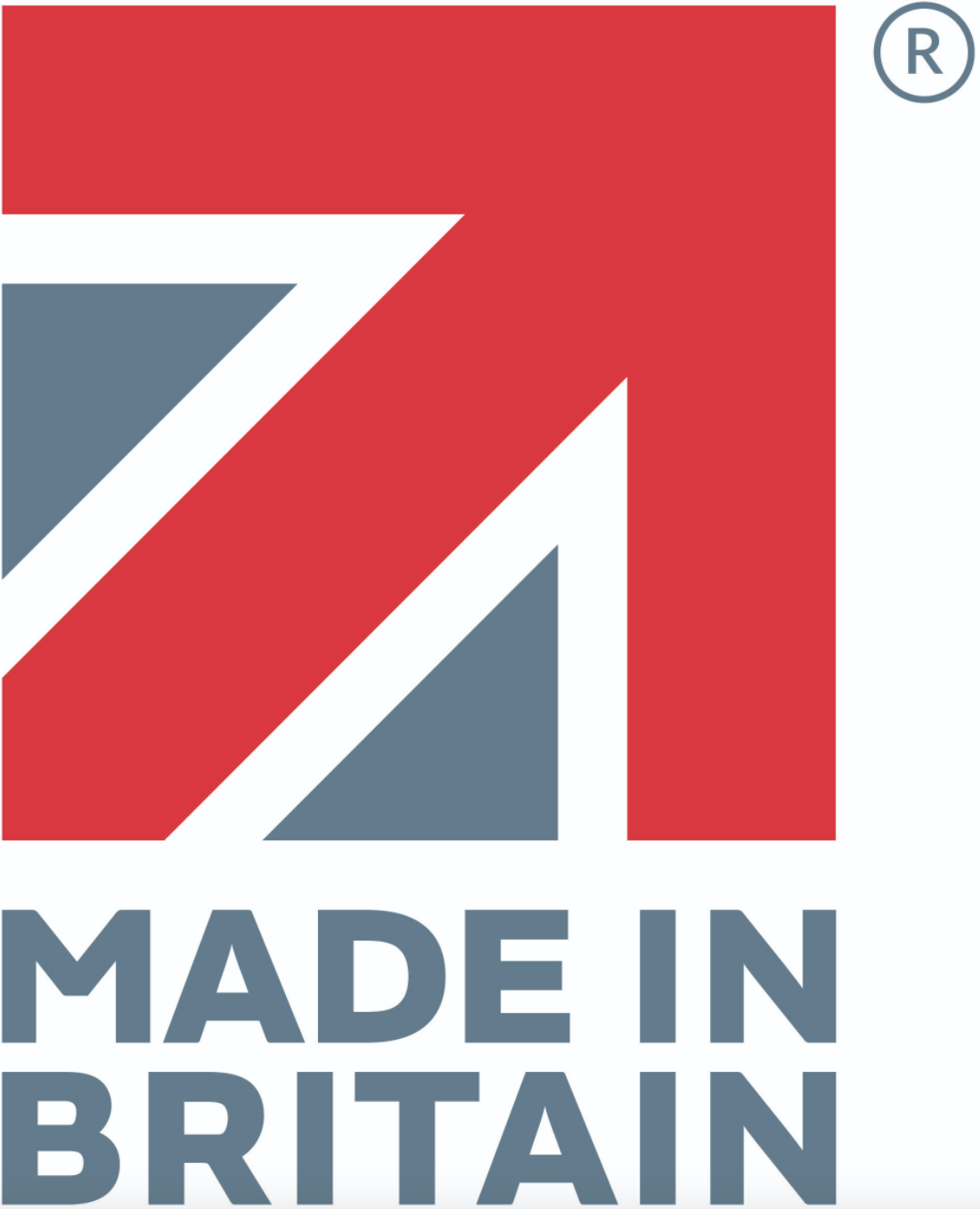All you need to do is to click here to go to our Downloads page.
Our Incubation Handbook is full of lot of useful information to help you to get the best out of your hatch.
When I set the eggs which way up should they be?
It is essential that eggs are set so that the round end upwards or they are on their sides.
The power has gone off. How long will the eggs be OK for?
Generally for a period of up to an hour. If the unit is well insulated and the temperature doesn’t drop too much this could be longer. For more details refer to the Brinsea Incubation Handbook
How often should eggs be turned?
It is recommended that poultry, game and waterfowl eggs are turned a minimum of twice a day – ideally more often. Automatic turning is often hourly. Some species (parrots and birds of prey) need turning at least every hour.
The chicks in my machine are only part formed (very early death). What went wrong?
Again number of possible causes: turning failure, bacterial infection in incubator, temperature fluctuations, power failure or problems with parent stock (e.g. in-breeding, poor nutrition).
The chicks in my machine are fully formed, some pipped, but did not hatch (late death). What went wrong?
This common problem can be caused by many factors. The most frequent cause is incorrect humidity – usually too high. Refer to the Brinsea Incubation Handbook.
What is the correct humidity level for incubation.
Generally for poultry it is between 40-50% and for Parrots 35-45% refer to the Brinsea Incubation Handbook
Should I spray the eggs during incubation or when they are due to hatch?
Spraying only increases humidity for a very short time and will not ‘soften’ the egg shell. Spraying eggs can also transmit or spread infection and is therefore not recommended. The main effect it has on the egg is to cool it as the water evaporates. There is some evidence that periodic cooling can improve hatch results but this should be achieved in other ways (e.g. leave the lid open for half an hour per day).
When should I stop the turning?
Turning should be stopped and the machine set level 2-3 days before the eggs are due to hatch.
How long can I leave the chick in the incubator after they have hatched?
Leave the chicks in the incubator until their down is dry – usually about 24 hours. They will not require food or drink in that time.
I am confused about the correct temperature for my eggs. I have been told different temperatures by different people. How can I be sure which is correct?
Always refer to the manufacturer’s instructions as different types of incubators may require different settings. Refer to Instruction downloads for copies of operating instructions for Brinsea incubators
Supply and fitting of spare parts:
If in any doubt please contact us on 0345 226 0120
We stock spares for as long as we possibly can, even for some machines we no longer make. We will do our best to help you if you need spare parts.
Please visit our Accessories, Consumables and Spare Parts to see if we stock the part you need, if not then please call us on 0345 226 0120 for availability.
I’ve read that some of Brinsea’s incubators now have Biomaster antimicrobial additive in them, does this pose any risk to the chicks?
Biomaster Protection is embedded within the plastic itself which prevents the growth of harmful bacteria helping to provide a more hygienic environment for hatching.
Antimicrobial additives are used in many fields, including hospitals and food packaging and is routinely found in many common household products – you probably have many of these products at home, but don’t realise they have antimicrobial additives in them. With regards to our incubators the silver additive is held within the plastic matrix with the silver ions working when bacteria come into contact with the surface of the product. As the silver additives do not leach out from the product there is no risk posed to your chicks, but Biomaster remains active for the working lifetime of the product reducing the growth of harmful organisms.
More information on how we use Biomaster can be found by clicking here…
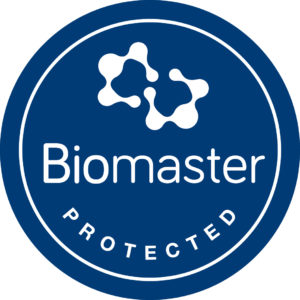
Brinsea’s Ovation 28 and 56 incubators feature our new ‘Induced Dual Airflow’ system which represents a breakthrough in incubator design and achieves new levels of temperature consistency for optimum incubation conditions.
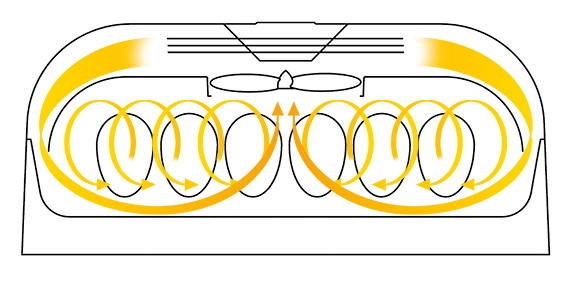
Induced Dual Airflow
Brinsea’s Ovation egg incubators have a new airflow system which dramatically improves temperature consistency, which is hard to optimise in a rectangular cabinet, and leads to higher overall hatch rates.
Large, high capacity fans draw air up from the egg chamber, over the heater and then into the egg chamber through a narrow slot that runs around the entire perimeter of the lid. Lift the lid of an Ovation incubator and you can easily feel the (jet) of warm air. This warm, high velocity air flow is directed under the eggs and induces turbulent airflow around the eggs before circulating back through the fan. This turbulence helps to eliminate hot and cold spots and reduces the effects of different egg sizes and numbers associated with conventional designs.
Brinsea’s Dual Induced Airflow in the Ovation models reinforces Brinsea’s international market-leading status as the Incubation Specialists.
I have just bought a Brinsea product without a serial number on it, why can’t I register it to qualify for my three year guarantee?
We are unable to provide a guarantee for any product registered without a serial number. You should not accept any Brinsea products without a serial number – if you find that your purchase does not have a serial number please return it to the person you bought it from and ask for a replacement or refund. Without the serial number we have no idea when the incubator was manufactured and no way of tracing it back through our system if there is a problem with the machine. Unfortunately one of our distributors had a delivery from us stolen and you may be unwittingly purchasing stolen goods.
To register a genuine Brinsea product: Register here
If you are having any other problems please call us on 0345 226 0120 and we will be able to help you and can register your product for you.
Buying a second hand incubator can be a great introduction to hatching for the first time as it keeps costs down but please think carefully before purchasing a second hand incubator as there are many issues to consider:
We are able to service Brinsea incubators and can supply a range of spare parts.
Yes, we offer a variety of services for our customers!
Any product to be returned for servicing MUST be returned clean and disinfected. This is particularly important to help in combatting the spread of diseases such as bird flu and is a requirement under DEFRA regulations. Unclean products will not be accepted and will be returned at the customer’s expense. Please note, items are currently being quarantined for a minimum of 72 hours before inspection.
Finished incubating for the season? Need some handy tips on preparing your incubator for storage?
Cleaning and Storing Your Incubator After Hatching
If you’ve taken your incubator or TLC apart to clean it you need to make sure your fan is put back in the right way up. Follow our handy guide below to make sure your product works properly:
These need to be fitted so you CAN see the label, the fan blows air down:
Octagon 40
OvaEasy cabinet incubators
TLC-40 and TLC-50
These need to be fitted so you CAN’T see the label, the fan blows air up:
Octagon 20
Mini II
Maxi II
Ovation 28
Ovation 56
OvaEasy Hatcher – if you can see the label through the grid then your fan is in the wrong way.
You are expecting the first eggs to be laid any day and you dust off your incubator from last spring but before you are ready to set the new season’s eggs follow the steps below to avoid some common problems.
Find the instructions for your machine or download them free from our Resource Centre and read them carefully. Even experienced breeders should familiarise themselves with the instructions to check some of the less obvious issues – for example, ensuring the incubator sits level, as a tilt may affect temperature control in some models.
Before plugging in…
Clean your incubator thoroughly. As incubators are warm and wet they are ideal breeding grounds for bacteria and if they have been left with debris from the last hatch of last year they will harbour germs which are highly likely to damage your next hatch. After removing any old shells, fluff and dirt, it is best to soak non-electrical parts like egg trays in a disinfectant solution for an hour before scrubbing clean – make sure you rinse thoroughly before drying. Do not use the dishwasher! Clean around heaters and fans with a brush or slightly damp cloth using the same disinfectant solution, and again, wipe with a clean damp cloth. Be very careful not to let water get near any electrical parts including motors, heaters and control housings. Use Brinsea Incubation Disinfectant which is both powerful and safe and has been specially formulated to kill bacteria and fungi associated with birds and is available on our website. Leave the incubator parts to dry thoroughly. If they are properly clean they should no longer have a strong odour.
Replace the wicking tube, silicone tubing or evaporating paper/blocks (depending on model). If dirty these can harbour bacteria and may not evaporate water properly.
Check for rodent damage:
Incubators stored in garages, sheds and barns can attract vermin – it is not a good idea to store your incubator in a shed as cold and/or damp conditions are not good for incubator storage. In particular check that cables and covers of electrical parts haven’t been nibbled. If there is any damage your incubator may not be safe to use, please contact us at Brinsea for further advice.
Check for other damage:
Inspect the glass thermometer (if fitted) for damage and air bubbles in the liquid which will result in inaccurate temperature readings. If your incubator thermometer ended up in a thousand pieces on the floor don’t be tempted to replace it with a general purpose one, Brinsea Incubation thermometers are specially designed with a very narrow but accurate temperature range and replacements are available from www.brinsea.co.uk.
If other parts have been ravaged by time or accidents or smaller parts like egg dividers have been lost then you can contact Brinsea where many parts for older models are stocked.
Plug in!
Monitor the temperature. Ensure correct set temperature (see instructions) is reached for at least an hour before setting eggs – ideally leave overnight. Check that the temperature control indicator is working correctly, this is either a red light or * on the digital display next to the temperature which should flash on and off indicating that the controlled temperature has been reached.
Check the turning by observation. This can be very tedious for incubators with slow continuous turning so place an egg inside with a coin on top. After one hour at most the coin should have fallen off. If the turning isn’t working refer to the user instructions.
Next check the fan is spinning by observation – please do not use your fingers! If you have an Ovation incubator check the number of fan blades – if you have a 9 blade fan please contact us as part of our continual development programme we have recently upgraded our fans and we will send you a free replacement.
Check the humidity reading (where applicable). If using a wet bulb thermometer check that the wick is clean and the reservoir topped up with water. With digital systems check that the reading is sensible (in a cold incubator this will be between 30 and 90%). If your incubator is fitted with a humidity control pump change the short length of silicone tubing around the pump head as this part wears out and can become stuck together internally.
Run your incubator for a few days if possible and re-check the above before setting your eggs.
Spares and accessories for Brinsea incubators are available by clicking here or by contacting the sales office on 0345 226 0120.
This is a question frequently asked by anxious bird breeders; usually after an unexpected power failure and the question is, ‘What damage is likely to have been done?’ Occasionally the power shutdown can be predicted and the concern is to keep damage to a minimum.
With the emergency situation in mind as well as the more subtle question about daily cooling of eggs during incubation, Brinsea Products have attempted to set out some of the more fundamental research information together with our own experiences and suggestions.
Click here to download our information sheet…
Candling eggs refers to the process by which you can determine if the egg laid by a bird will hatch or not. This can be done by observing the air space, white and the yolk inside the egg. This process allows you to fairly observe the development of the embryo inside it. Candling eggs at regular intervals can help you understand the growth and development of the egg, and separate any dead eggs from those that are fertile.
Please click here to download our information sheet…
The quality of the chick all depends on the quality of the egg. It is essential that care is taken in the storage and handling of the eggs. It must be emphasised that the eggs cannot be improved once laid, and will only deteriorate with poor storage and handling.
Click here to read our guide to maximising your hatch rate.
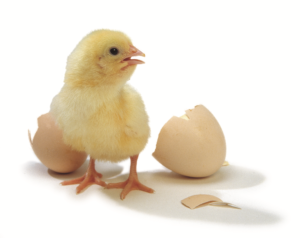
‘It is a surprising fact that, although eggs must have very stable temperatures to incubate successfully, periodic cooling can be a good thing and far from harming the development of chicks, can actually lead to more successful hatching,’ says Frank Pearce, Brinsea’s Founder.
Bird breeders have known for many decades that eggs can be cooled for limited periods of time during incubation without causing problems but recent research has shown that hatch rates can actually increase significantly as a result of cooling.
Cooling is an entirely natural process as most birds will get off the nest at least once a day and leave the eggs unheated for a significant time. From Brinsea’s 40 year experience, the best hatch rates are always achieved when the incubator can best mimic the natural nest conditions. For this reason Brinsea have incorporated a cooling option in all of their Advance models of egg incubators since 2012.
Brinsea have assessed the available research and recommend that smaller poultry, waterfowl and game bird eggs are cooled for 2 hours each day and larger eggs (e.g. duck and goose) are cooled for 3 hours each day from day 7 through to 2 days before they are due to hatch (the same point that automatic turning would normally be turned off). Cooling is not recommended for parrots and birds of prey because the results of cooling for these species haven’t yet been established. This cooling feature is an option which can be enabled to improve your hatch rates.
To read more detailed information about periodic cooling in incubation please click here…
Humidity is one of four primary variables which must be controlled during egg incubation – the others being temperature, ventilation and movement (or turning). Humidity is the most difficult of the four to measure accurately and control and therefore is commonly misunderstood. Recent advances in solid-state humidity sensor technology mean that more modern small incubators will have digital humidity displays and active controls (Brinsea Advance and EX models) which help to achieve correct humidity.
The operator instructions that accompany all incubators give guidelines to achieve correct humidity levels for most species under normal conditions and in most cases this gives excellent results so please check that you have followed these guidelines. However there are times when incorrect humidity levels do cause problems and further steps are needed to check that humidity levels are correct. Whilst bird breeders have established norms for which humidity levels suit particular species there will still be some eggs that fall outside these.
Our information sheet explains the effect of different humidity levels, measurement of humidity and the best techniques for achieving correct humidity levels for your eggs. Please click here to download the factsheet…
It’s the first time I’ve hatched, what do I need to do to prepare for my new arrivals?
You will need to have basic provisions ready. Leave the chicks in the incubator until their down is dry – usually about 24 hours. They will not require food or drink in that time. Download our handy guide on caring for your newly hatched chicks by clicking here…
Brinsea’s range of EcoGlow chick brooders is designed to be extremely economical to use, especially for a small number of birds. A typical heat lamp runs at 250 watts compared with 12 watts consumption for the EcoGlow Safety 600. When you consider that the brooder is on 24/7, this is an important saving. To get the best use from this low power unit it is important to understand that there is no big margin of ‘spare’ heat and some precautions need to be taken depending on the ambient temperature in the room, and on the age and number of chicks –and the size or species.
Read our handy guide on how to use the EcoGlow Safety Chick Brooder by clicking here…
A number of low cost Chinese made egg incubators have appeared on the market in recent years, sold mainly on eBay but increasingly on Amazon and other websites raising concerns about their electrical safety. Incidents of imported incubators melting, catching fire and even exploding have been reported on many Facebook groups and on poultry forums.

North Somerset Trading Standards initially approached Brinsea following reports of these faults with the imported incubators and we advised that they should be sent for assessment. Tests were then carried out by an independent testing centre. Incubators which have been found to be non-compliant with EU safety legislation are shown above. For more information on these incubators please contact North Somerset Trading Standards directly.
Please note: These tests only looked at electrical safety and compliance, performance and incubation results were not assessed.
Egg incubators involve mains electricity, heating and water and are used in the home, sometimes by children and these factors mean a poorly designed incubator can pose particular hazards, hence Trading Standards’ interest.
Trading Standards have assessed a selection of these machines and are currently in the process of contacting importers of any equipment which doesn’t comply with EU safety regulations.
It requires some experience to spot dangerous incubators but there are a few things to look for when buying an incubator which should raise concerns:
If you have bought an egg incubator recently which you are concerned about please contact your local Trading Standards office – and the supplier you purchased the incubator from, informing them of Trading Standards’ on-going investigation.
